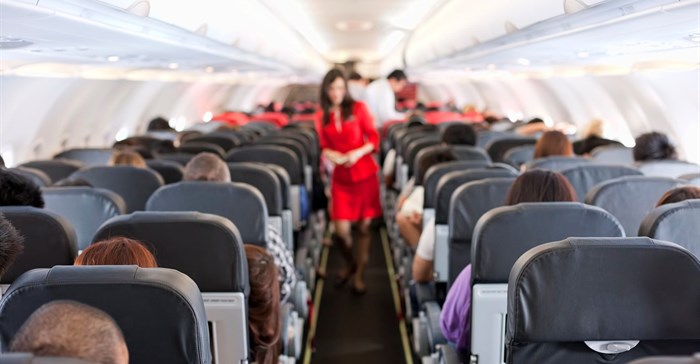Global airline passenger demand shows slight improvement in May

"May was not quite as terrible as April. That’s about the best thing that can be said. As predicted, the first improvements in passenger demand are occurring in domestic markets. International traffic remained virtually stopped in May.
"We are only at the very beginning of a long and difficult recovery. And there is tremendous uncertainty about what impact a resurgence of new Covid-19 cases in key markets could have," said Alexandre de Juniac, IATA’s Director General and CEO.
International passenger markets
May international passenger demand fell 98.3% compared to May 2019, which was virtually unchanged from the 98.4% decline recorded in April. Capacity plummeted 95.3%, and load factor sank 51.9 percentage points to 28.6% meaning a bit more than a quarter of seats were filled, on average.
European carriers’ May demand contracted 98.7% compared to last year, virtually unchanged from a 98.9% drop in April, year-over-year, and the worst decline among regions. Capacity dropped 97.5% and load factor fell by 41.7 percentage points to 42.4%.
Asia-Pacific airlines’ May traffic plunged 98.0% compared to the year-ago period, also in line with a 98.2% recorded in April. Capacity fell 95.1% and load factor shrank 46.6 percentage points to 32.1%.
Middle Eastern airlines posted a 98.0% traffic contraction for May, compared with a 97.3% demand drop in April. Capacity tumbled 93.9%, and load factor sagged to 23.9%, down 49.1 percentage points compared to the year-ago period.
North American carriers had a 98.2% traffic decline in May, little changed from a 98.4% decline in April. Capacity fell 94.5%, and load factor dropped 56.7 percentage points to 27.2%.
Latin American airlines experienced a 98.1% demand drop in May compared to the same month last year, versus a 98.2% drop in April. Capacity fell 96.6% and load factor fell 38.1 percentage points to 45.9%, best among the regions.
African airlines’ traffic sank 98.2% in May, fractionally improved from a 98.7% decline in April. Capacity contracted 77.8%, which was the smallest supply reduction among the regions, and load factor dived 61.8 percentage points to just 5.3% of seats filled, which was the lowest among regions.
Domestic passenger markets
Domestic traffic fell 79.2% in May. This was an improvement compared to an 86.2% decline in April. Domestic capacity fell 69.2% and load factor dropped 27.2 percentage points to 56.9%.
China’s carriers posted a 49.9% year-on-year decline in traffic in May, significantly improved from the 64.6% demand drop recorded in April. However, the improvement has been more recently interrupted by flight cancellations to and from Beijing amid an increase in the number of new infections in the city
US airlines’ domestic traffic was down 89.5% in May, an improvement over the 95.6% decline experienced in April. However, the recent rise in infection rates in key US states following the lifting of lockdown restrictions could negatively impact the budding recovery.
The bottom line
“We appear to be in the very early stages of a recovery in air travel. But the situation is fragile. We need governments to support and strengthen the restart by quickly implementing the International Civil Aviation Organization’s (ICAO’s) global guidelines for restoring air connectivity contained in ICAO’s Takeoff: Guidance for Air Travel through the Covid-19 Public Health Crisis.
"Governments also need to avoid adding blockers to the recovery, such as implementing entry quarantines. They have the same impact as outright travel bans and will keep economies closed down to the benefits of aviation connectivity. Governments should also avoid new fees and charges to cover the cost of Covid-19 related health measures (such as testing and contact tracing), which will make travel less accessible.
"Travel and tourism account for 10.3% of global GDP and 300 million jobs. It is in everybody’s interest, including governments, to remove barriers to travel as soon as it is safe to do so. And in the process, it is critical that governments don’t stall the fragile recovery by introducing new regulatory or cost barriers to travel," said de Juniac.











